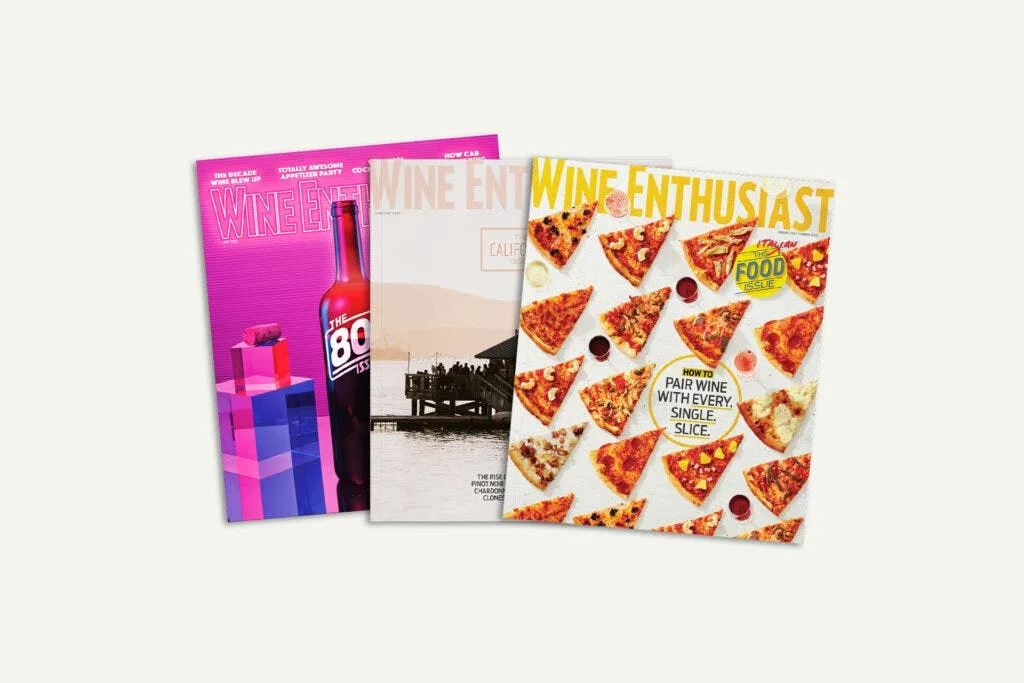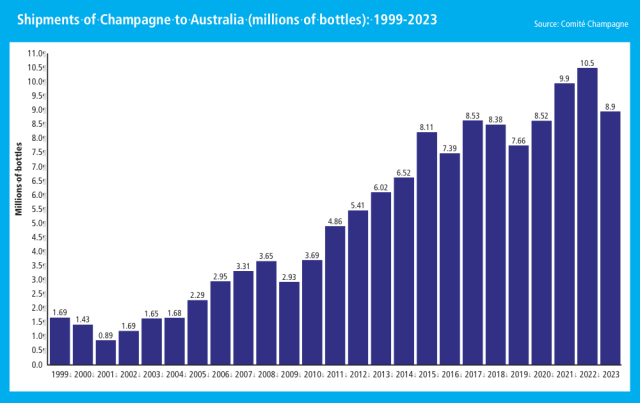A friend stopped by for some afternoon beers. Before their arrival, I swept off the deck, picked out an assortment of seasonally appropriate beers for the cooler, grabbed some glasses and gave them a quick rinse before setting them out.
Imagine my horror and embarrassment when, upon pouring the first lager, carbonation stuck to the side of the glass: the dreaded visual cue that the glass was not beer-clean.
Bubbles are pretty to look at and all of us have come across situations where beer or soda, seltzer and Champagne have been served in glasses where the carbonation clings to the glass, forming a curtain.
This is a bad thing—akin to being at a restaurant and getting a fork with bits of food on the tines. Several factors can contribute to that carbonation-cling, and it’s not necessarily chunks of food. Grease and oil inside a dishwater can cling to the side of the glass, as well as soap residue from many of the commercially available, and commonly used, products.
You May Also Like: How to Clean Wine Glasses, According to Six Wine Professionals
There are social media accounts dedicated to shaming drinkers, breweries and restaurants for serving beer in dirty glasses. An enthusiast sharing their latest find or delight is bound to get roasted if the glass is not clear. While I’m not quite that pushy online, I have quietly pointed it out to brewery owners in the past in the hopes they would take their beer
This Article was originally published on Wine Enthusiast





